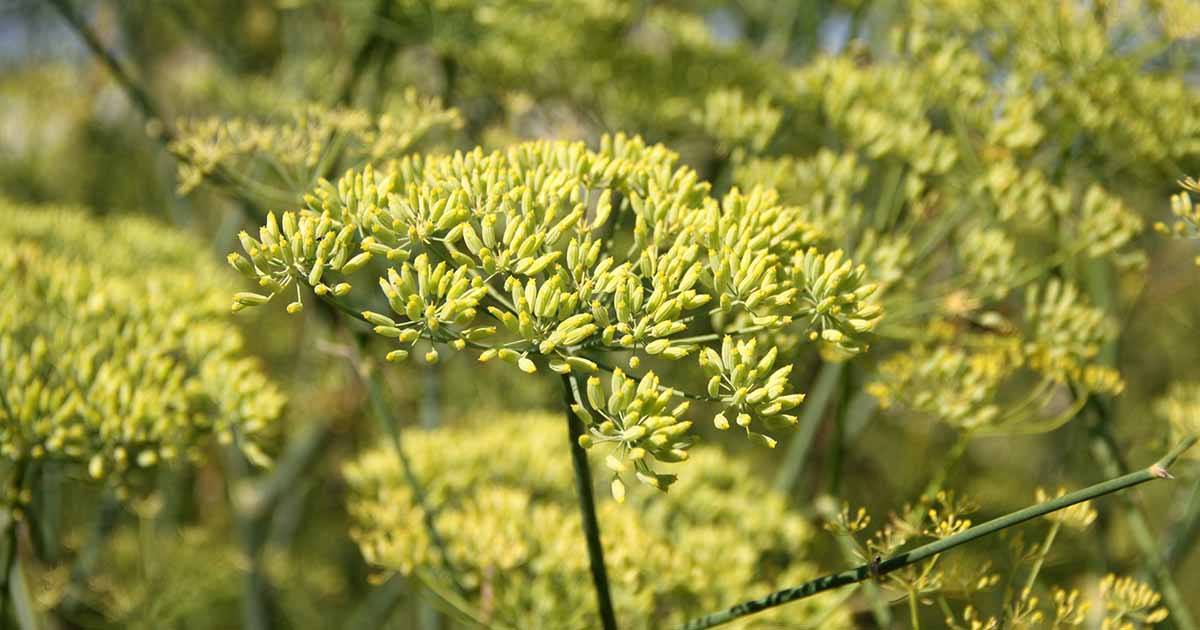- This topic is empty.
- AuthorPosts
- January 21, 2025 at 11:19 pm #543476

Anise (Pimpinella anisum) is a fragrant herb known for its licorice-like flavor, which is commonly used in culinary dishes, herbal teas, and medicinal preparations.
Cultivating anise can be a rewarding experience for gardeners interested in growing herbs with both culinary and therapeutic applications.
However, like all plants, anise requires specific conditions and care to thrive. Here’s everything you need to know about successful anise cultivation.
1. Ideal Growing Conditions
Anise thrives in warm climates with full sun, making it suitable for cultivation in regions that have long, hot summers.
The plant grows best in well-drained, sandy or loamy soil with a slightly acidic to neutral pH. Anise prefers temperatures ranging between 70°F to 85°F (21°C to 29°C), and it does not tolerate frost.
As such, gardeners in cooler climates should consider starting the seeds indoors or in greenhouses and transplanting them outdoors after the threat of frost has passed.
Proper soil preparation is key to successful anise cultivation. Loosen the soil before planting, ensuring it is rich in organic matter to provide the necessary nutrients for healthy growth.
Good drainage is essential to prevent root rot, so avoid heavy, clay-rich soils that retain too much moisture.
2. Planting Anise Seeds
Anise is typically grown from seeds, which should be sown directly in the soil or started indoors. To start from seeds outdoors, wait until after the last frost and then sow the seeds about 1/4 inch deep.
Space the seeds about 12 to 18 inches apart, as anise plants can spread out during the growing season.
If you’re starting seeds indoors, sow them 6 to 8 weeks before the last frost date. Transplant the young plants outside once they are large enough and the weather has warmed.
Keep the seedlings well-watered, and avoid overcrowding them to ensure proper air circulation and reduce the risk of disease.
3. Watering And Fertilizing
Anise requires moderate watering throughout its growing season. While it needs regular moisture, it’s important not to overwater, as the plant is susceptible to root rot in waterlogged soils.
Water deeply when the top inch of soil feels dry, but make sure the soil drains well after each watering. Mulching around the base of the plant can help retain moisture and keep weeds at bay.
Fertilizing is not always necessary if the soil is rich in organic matter, but a light application of a balanced fertilizer in the early stages of growth can support strong development.
Be cautious not to over-fertilize, as excessive nitrogen can lead to leggy growth and reduced flavor quality in the leaves and seeds.
4. Pest And Disease Management
Anise is relatively pest-resistant but can still be affected by certain insects, including aphids, spider mites, and caterpillars.
Regularly inspect the plants for signs of pests, and if detected, remove them by hand or use insecticidal soap for a more eco-friendly solution.
In terms of diseases, anise is susceptible to fungal infections like powdery mildew and root rot, particularly in overly damp conditions.
Ensuring proper spacing between plants to promote good air circulation and avoiding overwatering can help minimize the risk of fungal issues. If mildew does appear, remove affected leaves and treat the plant with fungicide if necessary.
5. Harvesting Anise
Anise can be harvested once the plants have reached maturity, which typically occurs in late summer or early fall.
The plant’s leaves and stems can be harvested throughout the growing season, but the seeds, which are the most valuable part of the plant, are best collected once they begin to turn brown and dry on the stem.
To harvest the seeds, cut the plant just above the ground and hang it upside down in a dry, well-ventilated area to allow the seeds to fully dry.
Once dry, shake the plant gently to release the seeds. Store the seeds in an airtight container in a cool, dark place to preserve their flavor and aromatic properties.
Anise leaves can also be harvested early in the growing season for use in cooking, though they are less commonly used than the seeds.
The fresh leaves have a mild anise flavor that pairs well with various dishes, particularly in Mediterranean and Middle Eastern cuisine.
Anise cultivation can be a rewarding process for gardeners, offering a versatile herb for both culinary and medicinal use. By providing the right growing conditions, proper care, and harvesting techniques, you can enjoy the aromatic and flavorful benefits of anise in your garden.
Read Also: The Anise Styles: Economic Importance, Uses, and By-Products
- AuthorPosts
- You must be logged in to reply to this topic.

